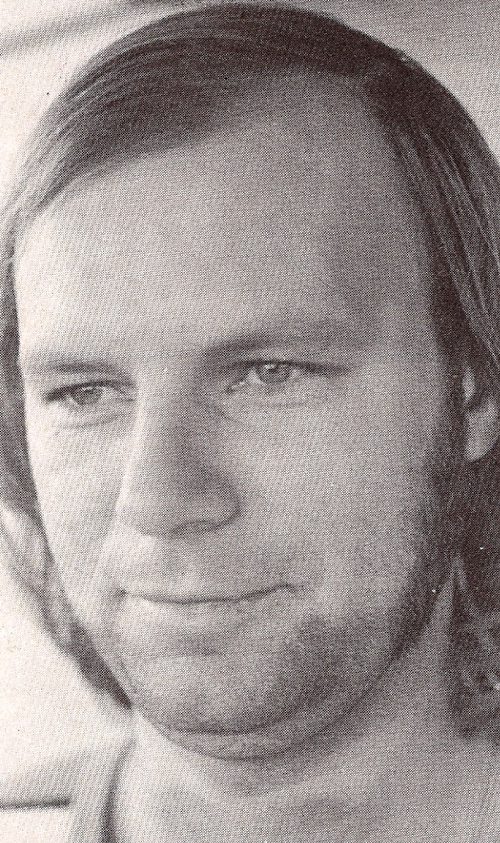Inducted 2012
The largest emergency evacuations in North America, before Hurricane Katrina, occurred just before midnight on a November night in 1979. When a Canadian Pacific freight train carrying deadly chemicals derailed in the suburbs of Mississauga, the brakeman, Larry Krupa, unhooked the rest of the tank cars from the flaming wreckage – narrowly diverting greater destruction.
The incident, known as the Mississauga Train Derailment happened at 11:53 pm on November 10, 1979. The train was hauling tank cars full of propane, styrene, chlorine and other hazardous chemicals when it was derailed north of Dundas, Ontario, a bedroom community for the city of Mississauga. A series of explosions ripped through the propane tanks, sending chunks of jagged, super-heated metal in every direction. The huge fire-ball rocketed 1,500 metres (4,900 feet) into the night sky and was visible 100 kilometres (62 miles) away.
Larry Krupa, a young brakeman, was working with his father-in-law, Keith Pruss, who was the train’s engineer. In the face of obvious danger, Krupa managed to shut down the air brakes on an undamaged car which allowed his father-in-law to release the air brakes and move the portion of the train that was still on the tracks away from the fire.
The investigation that followed determined that the disaster had been caused by a ‘hot box’, an axle that had overheated due to excessive friction. Most of the cars on the train were equipped with roller bearings, which were designed to prevent that problem. However, one of the cars still ran with the old-fashioned axle system that depended on regular lubrication to reduce friction. On the night of the derailment, the older axle system had run out of lubricating oil. The friction had increased until the axle overheated, causing the stub of the axle to break off and the train to derail.
The Mississauga derailment caused a cloud of chlorine gas to be released into the atmosphere, prompting a massive evacuation. Hospitals and nursing homes in the region were emptied and approximately 218,000 residents were left homeless for nearly a week. It is the second largest peace-time evacuation in North America, after the evacuation of New Orleans in the wake of Hurricane Katrina, and has been studied around the world as an exemplary operation.
Krupa remained working for the Canadian Pacific Railway (CP) for the next 32 years, eventually becoming an engineer. In light of his experience, he was invited at various times to make recommendations that have led to the safer management of the railroad industry.


